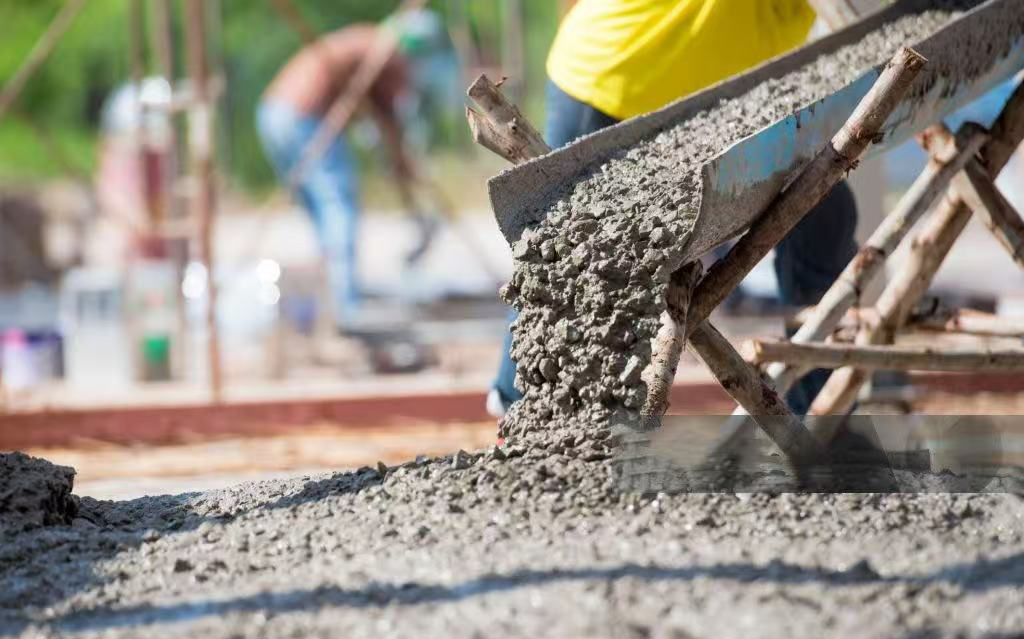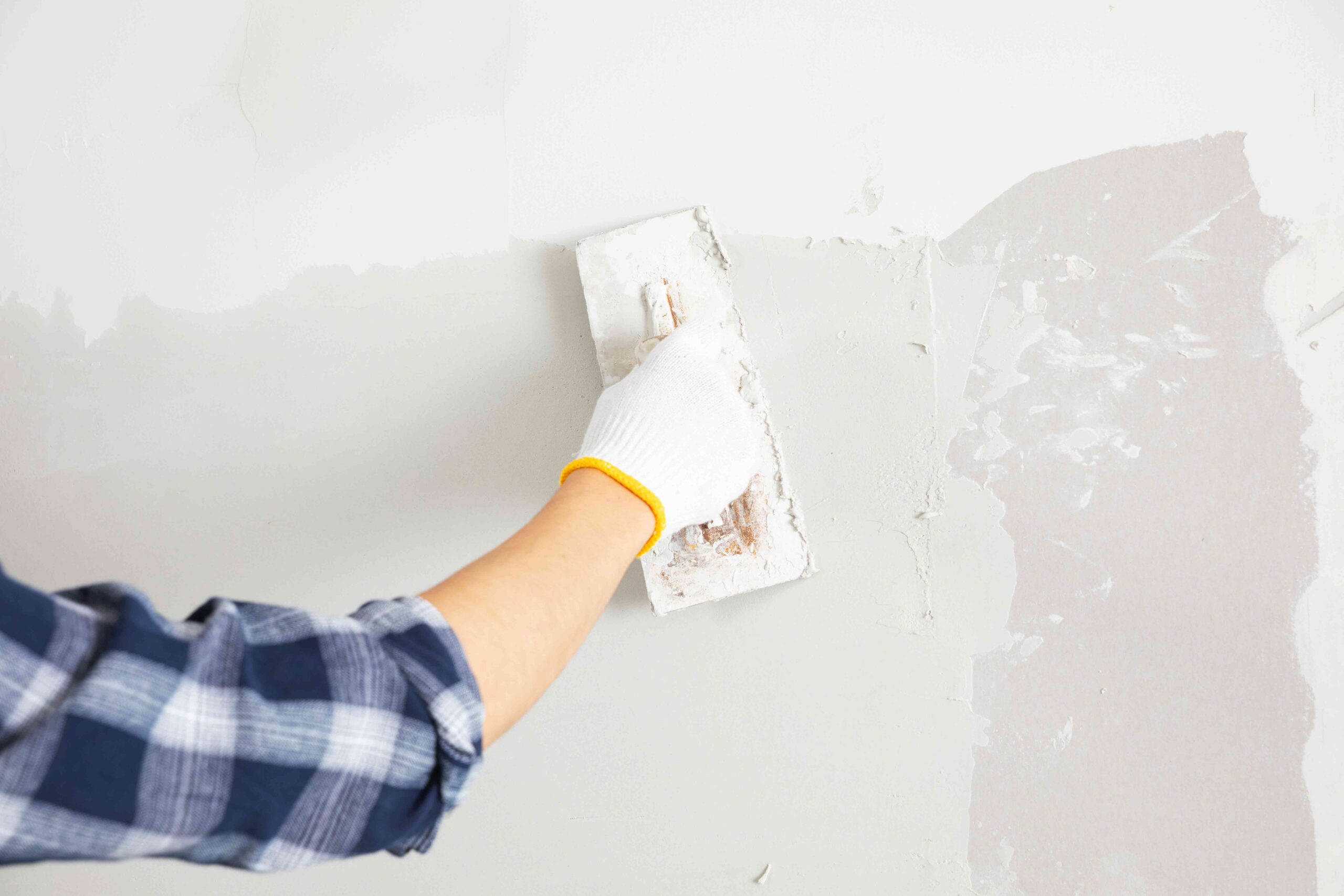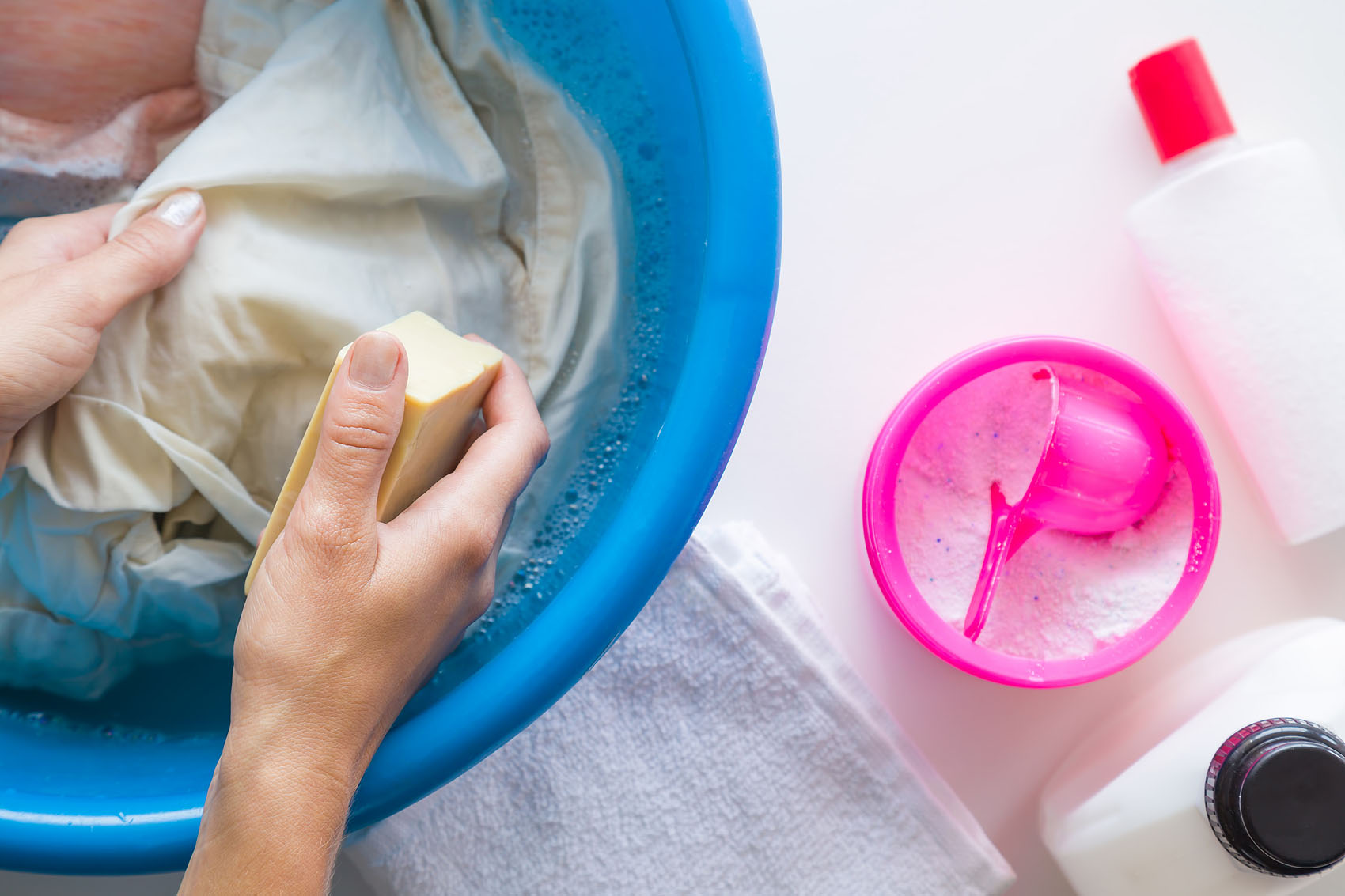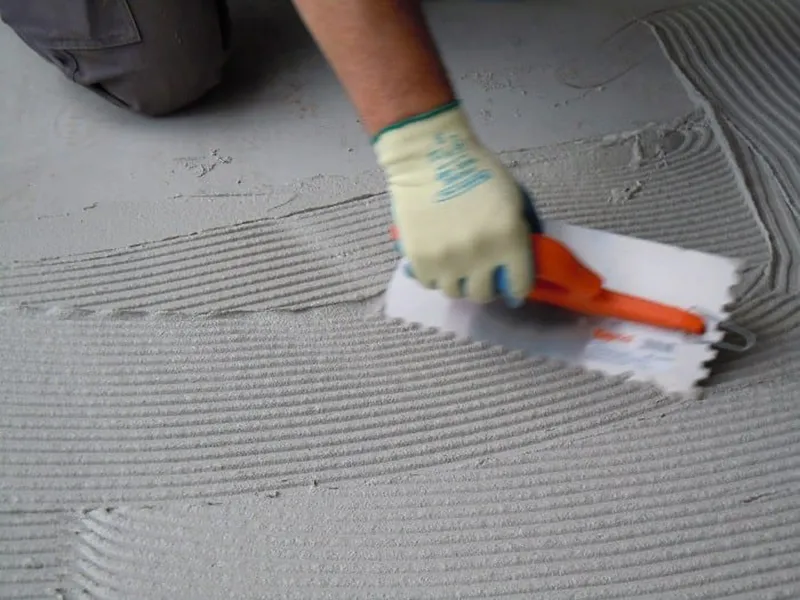
Have you ever walked into your bathroom or kitchen and found loose tiles, or worse, falling to the floor? Loose or falling wall tiles are not only dangerous, they are also more of a hassle to repair. This kind of problem signals a problem with the adhesive or installation method. How to stop tiles falling off wall? Let’s work together to analyze why tiles fall off and how to prevent it.
I. Why do wall tiles come off?
Normal tiles don’t come off easily. There is always a reason why they fall off:
1. Poor quality tile adhesive
Poor quality adhesives may:
Dry too quickly or too slowly.
Shrink or crack over time.
Fail to hold tiles under load or vibration.
If the adhesive does not “hold” properly, the tiles will eventually fall off.
2. Improper surface treatment
Even the strongest adhesives won’t work if the underlying surface is dirty, dusty, greasy or fragile.
Common surface preparation problems include:
Installation over old paint or plaster.
Failure to clean dust or grease from the substrate.
Neglecting loose or damaged wall surfaces.
Failure to apply primer to absorbent or very smooth wall surfaces.
Adhesives require mechanical gripping and chemical bonding, which can only be achieved on properly treated surfaces.

3. Improper mixing or application
Sometimes the problem is not the material but the method of application. Improperly mixed or unevenly applied adhesives can cause voids that can result:
Water seepage behind the tiles.
Localized peeling under pressure.
Chain reaction – one tile falling off can cause other tiles to come loose.
If the adhesive is applied unevenly or with too much moisture, it will almost certainly cause subsequent problems.
4. Environmental stress
Moisture, high and low temperatures, and structural displacements can all have an impact on how well tiles work on walls. In humid conditions, some adhesives weaken or lose adherence. Adhesives may shrink or split when exposed to cold or dry air.
Over time, walls can shift slightly due to foundation settling, temperature fluctuations, and even vibrations from nearby roads or appliances. If the adhesive is not flexible enough, the tiles falling off wall.
5. Missing additives
| Additive Type | Anti-slip Time | 28 Days Tensile Strength |
| No Additives | 3 minutes | 0.8 MPa |
| 0.2% Cellulose Ether | 25 minutes | 1.2 MPa |
| 3% Redispersible Polymer Powder | Infinitely | 1.6 MPa |
II. How to stop tiles falling off wall?
Preventing tile from peeling is not just a matter of one product or one step. It is a complete system – from surface treatment to material selection to proper construction.

1. Choosing the right tile adhesive
Example:
Laying lightweight tiles on drywall? Use a standard polymer-modified adhesive.
Laying large size tiles on concrete? Choose a highly flexible adhesive.
Wet areas such as showers? Choose a waterproof, moisture-resistant adhesive.
2. Use tile adhesives that contain additives
Hydroxyethyl methyl cellulose contributes to the water retention properties of tile adhesives, ensuring longer open time, better workability and full hydration of the cement.
Redispersible polymer powder (RDP) significantly improve flexibility and bond strength, allowing your product to withstand stress and prevent peeling.
TENESSY offers high-quality cellulose ethers and RDPs tailored specifically for tile adhesive formulations, ensuring consistent performance, easy mixing and excellent bonding.
These ingredients help your adhesives:
Better bond tiles and walls.
Last longer and are more durable and easier to adjust tiles.
Resist cracking and warping over time. Work reliably in wet, dry, high or low temperatures.
3. Base preparation and cleaning
No matter how good the quality of your adhesive is, you need a clean, strong surface.
The procedure is as follows:
Remove dust, old paint and loose particles.
Clean oil or soap residues with a suitable detergent.
Priming porous surfaces (e.g. concrete blocks) with adhesive.
Roughening very smooth substrates (e.g. marble or glass blocks).
4. Mix and apply the adhesive correctly
Follow the product instructions carefully and also make sure the installer understands the reasoning behind each step.
✅ Mix with water only.
✅ Do not add too much water (glue with too much water = low glue strength).
✅ Apply with a serrated spatula to ensure even application.
✅ For large or heavy tiles, use the back side of the trowel to apply the glue.
✅ Press the tiles firmly to avoid leaving gaps underneath the tiles.
Even spacing, alignment and depth of press are critical. Rushing or skipping steps can cause tiles to come off.
III.Core: Chemical Analysis of Additives
✅ Cellulose ether:

✅ Re-dispersible polymer powder (RDP):
Better adhesion to smooth or absorbent surfaces.
Provides crack resistance and flexibility.
Enhances adhesion under thermal or mechanical stresses.
RDP Mechanism of Action
Secondary Film Formation Process:
Wet: latex particles are uniformly dispersed.
Drying: agglomeration of particles into a continuous film (TG determines flexibility).
Hydration: interpenetrating structure between membrane and cement crystallization is formed.
Selection of Key Parameters
Glass transition temperature (TG): 5-15°C (optimum flexibility).
Minimum Film Formation Temperature (MFFT): ≤5°C.
The combination of the two can firmly fix the tiles for a long time.
IV. Frequently Asked Questions
Q: What is the best way to prevent tile from coming off the wall?
Q: How long should tile adhesive set before caulking?
Q: Are tile adhesive additives worth it?
Q: How can I tell if my tile adhesive is of poor quality?
V. Conclusion
Peeling wall tiles are not only unsightly, but also potentially dangerous. Whether you’re a contractor, adhesive maker, or homeowner, following the appropriate procedures from the start can help you avoid serious issues later on. Your tiles can remain robust, beautiful, and securely in place if you use the right adhesive composition and follow proper installation practices.













